Less Than
In mathematics, "less than" is a comparison between two numbers. It is represented by the symbol < (less than sign).
When comparing two numbers, if the number on the left is smaller than the number on the right, then we say that the left number is "less than" the right number.
Example:
3 < 5
In this example, 3 is less than 5 because 3 is smaller than 5.
It's important to note that the "less than" comparison is directional. In the example above, if we reverse the numbers and compare 5 with 3, then 5 is not less than 3, and we would write it as: 5 > 3 (5 is greater than 3).
[Less Than] Related Worksheets and Study Guides:
.◂Math Worksheets and Study Guides Kindergarten. Addition, Subtraction and Fractions
Coloring Worksheet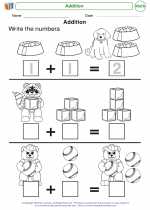 Addition
Addition  Coloring Worksheet
Coloring Worksheet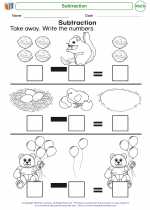 Subtraction
Subtraction  Worksheet/Answer key
Worksheet/Answer key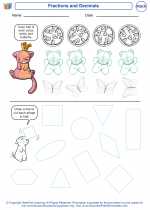 Fractions and Decimals
Fractions and Decimals  Worksheet/Answer key
Worksheet/Answer key Addition and Subtraction
Addition and Subtraction  Worksheet/Answer key
Worksheet/Answer key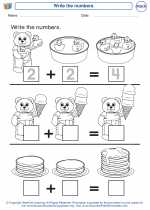 Write the numbers
Write the numbers  Worksheet/Answer key
Worksheet/Answer key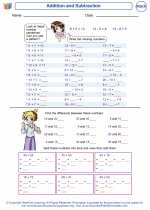 Addition and Subtraction
Addition and Subtraction  Worksheet/Answer key
Worksheet/Answer key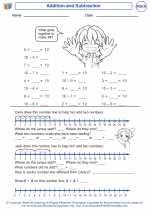 Addition and Subtraction
Addition and Subtraction  Worksheet/Answer key
Worksheet/Answer key Fractions and Decimals
Fractions and Decimals  Worksheet/Answer key
Worksheet/Answer key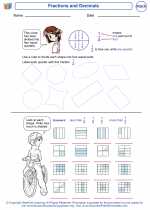 Fractions and Decimals
Fractions and Decimals  Worksheet/Answer key
Worksheet/Answer key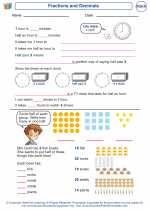 Fractions and Decimals
Fractions and Decimals  Worksheet/Answer key
Worksheet/Answer key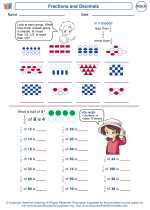 Fractions and Decimals
Fractions and Decimals 

 Coloring Worksheet
Coloring Worksheet
 Worksheet/Answer key
Worksheet/Answer key
 Worksheet/Answer key
Worksheet/Answer key
 Worksheet/Answer key
Worksheet/Answer key
 Worksheet/Answer key
Worksheet/Answer key
 Worksheet/Answer key
Worksheet/Answer key
 Worksheet/Answer key
Worksheet/Answer key
 Worksheet/Answer key
Worksheet/Answer key
 Worksheet/Answer key
Worksheet/Answer key
 Worksheet/Answer key
Worksheet/Answer key

Create And Print more Fractions worksheets with Comparing Fractions, Equivalent Fractions, and Simplifying Fractions
The resources above cover the following skills:
Operations and Algebraic Thinking
Understand addition as putting together and adding to, and understand subtraction as taking apart and taking from.
Represent addition and subtraction with objects, fingers, mental images, drawings, sounds (e.g., claps), acting out situations, verbal explanations, expressions, or equations. (Drawings need not show details, but should show the mathematics in the problem. This applies wherever drawings are mentioned in the Standards.) [K-OA1]
Solve addition and subtraction word problems, and add and subtract within 10, e.g., by using objects or drawings to represent the problem. [K-OA2]
Decompose numbers less than or equal to 10 into pairs in more than one way, e.g., by using objects or drawings, and record each decomposition by a drawing or equation (e.g., 5 = 2 + 3 and 5 = 4 + 1). [K-OA3]
For any number from 1 to 9, find the number that makes 10 when added to the given number, e.g., by using objects or drawings, and record the answer with a drawing or equation. [K-OA4]
Fluently add and subtract within 5. [K-OA5]
Number and Operations in Base Ten
Work with numbers 11–19 to gain foundations for place value.
Compose and decompose numbers from 11 to 19 into ten ones and some further ones, e.g., by using objects or drawings, and record each composition or decomposition by a drawing or equation (e.g., 18 = 10 + 8); understand that these numbers are composed of ten ones and one, two, three, four, five, six, seven, eight, or nine ones. [K-NBT1]